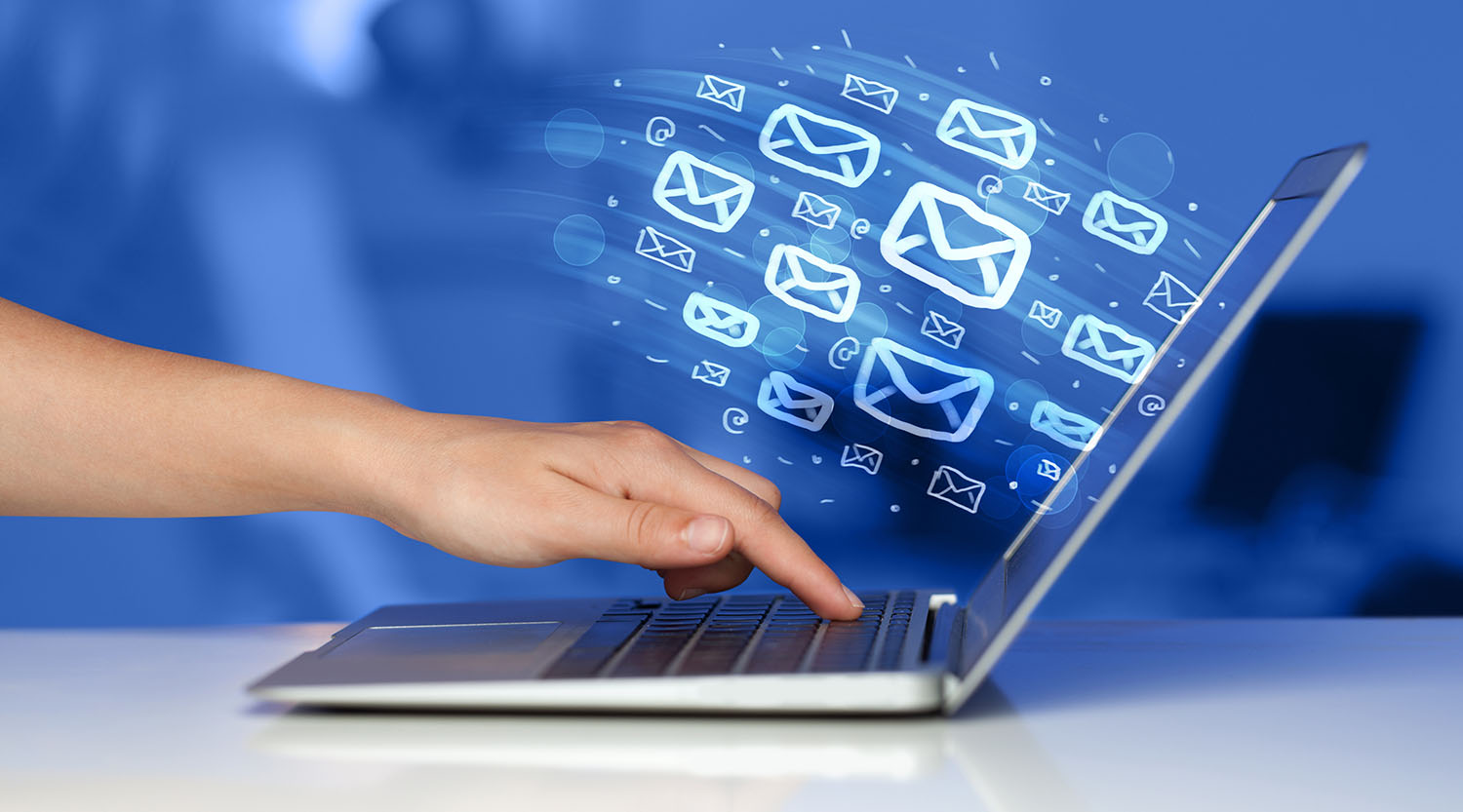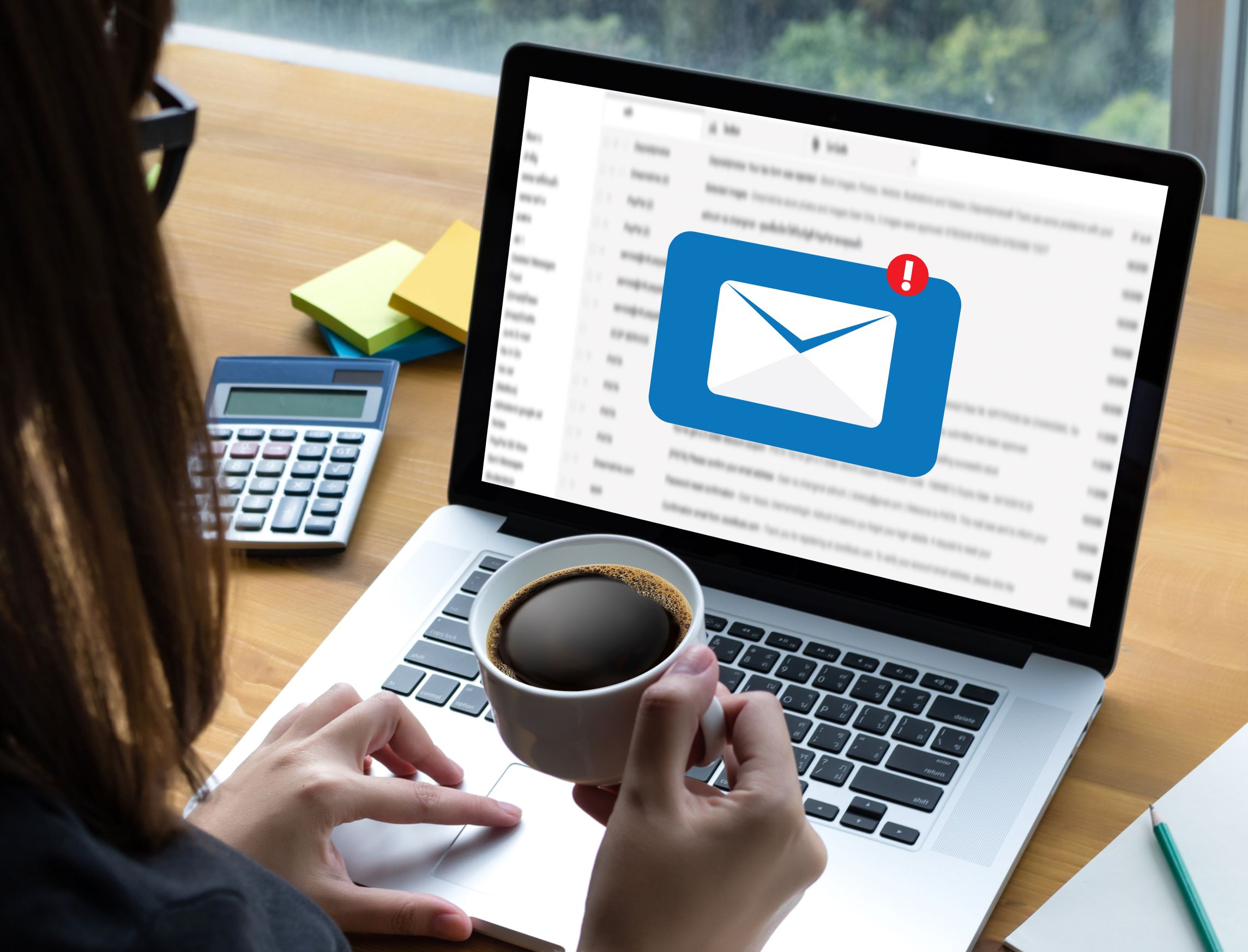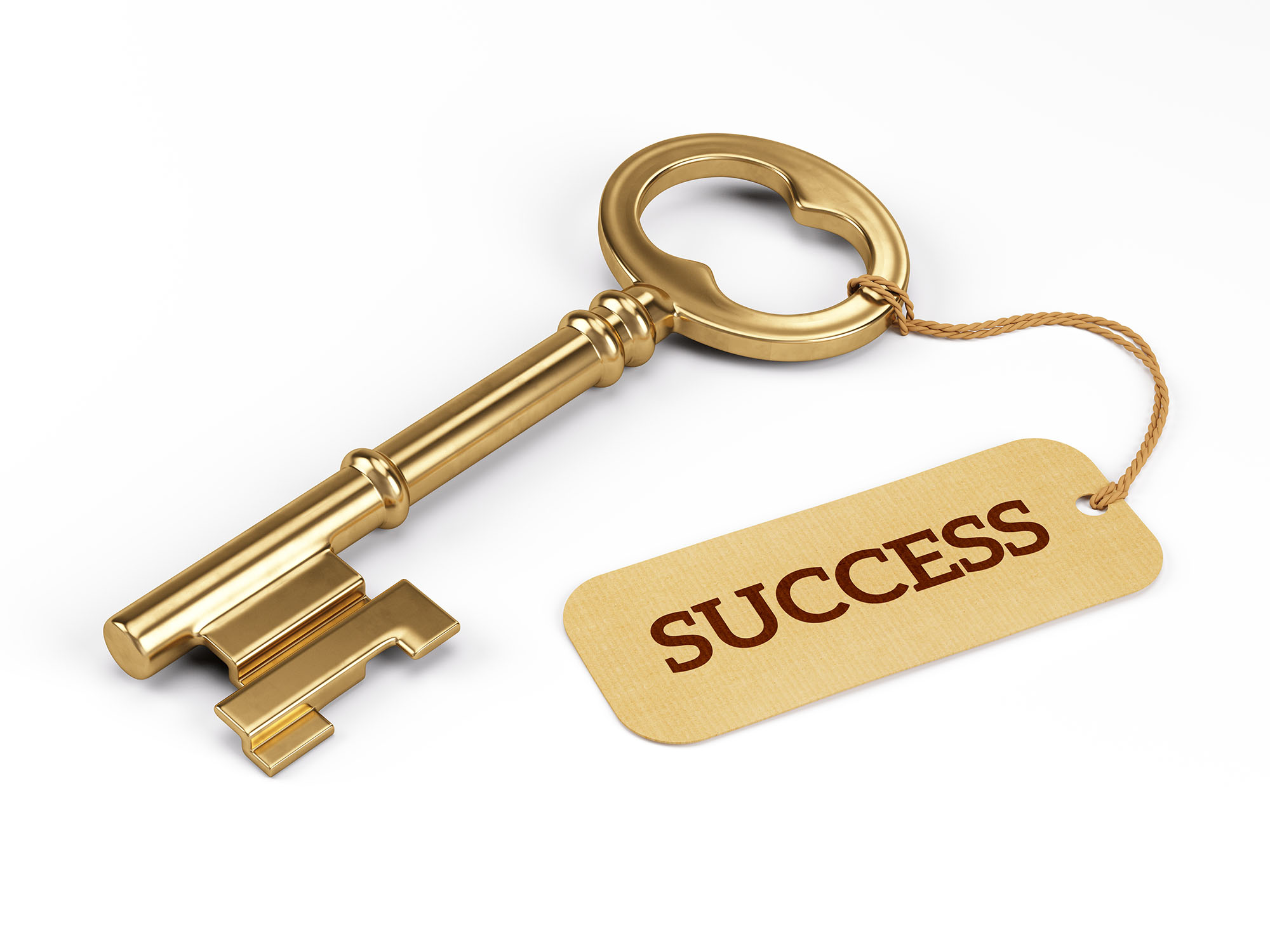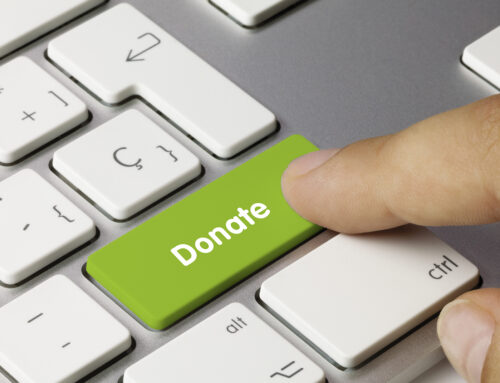
One of the most powerful and yet poorly-used tools in your nonprofit toolbox is the fundraising email.
Way too many fundraising emails are not well written and probably done without much thought other than “we need money!”
And that leads to the large number of complaints I hear from nonprofit leaders about poor results from email fundraising.
The good news is that with a little bit of thought and planning, you can create an email that results in higher open rates, more click throughs, and more donations.
The key is to think about each email as part of a whole relationship, not just a one-off ask.
You need to plan out how you want that email relationship to grow, how you want your donors to engage with you, and what action you want them to take.
In other words, don’t just shoot out an email when you need money.
Map out every email interaction with your list, both Asks and NonAsks.
You don’t want to be that person that always shows up with their hand out, so it’s important to use email to simply communicate and build the relationship.
Honestly, long-term fundraising success is rooted in what happens in between the Asks.
The impact that your emails can have on your donor relationships (and your fundraising results!) is entirely up to you.
So, the big question is this: is your email list ready to be asked for a donation? And if not, what do you need to do to get them ready?
Your fundraising email is part of the Donor Journey
The key to strengthening loyalty and building donor relationships is to always be mindful of the Donor’s Journey.
What is their experience as a donor to your nonprofit?
Do they feel appreciated and valued?
Or do they feel like a number in your database?
If you’re not thinking about things from your donor’s point of view, it’s time to hit the pause button and put yourself in their shoes, because their experience factors strongly into their decision whether or not to give.
If you’re paying attention to the Donor Journey and making sure your donors have a good one, then you’ll see people giving more often and giving bigger gifts.
Your organization won’t be one of “those” friends that you only hear from when they want something.
What every donor should experience is a rewarding relationship with your nonprofit, based on trust and mutual respect, and fueled by consistent two-way communication..
It sounds a little daunting, but it’s not.
It can all be achieved with a little planning, a good email program, and paying attention to what your donors experience every step of the way.
A healthy email relationship
 It’s time to stop throwing emails together at the last minute just because you’re trying to hack through your To Do list or just because you need money.
It’s time to stop throwing emails together at the last minute just because you’re trying to hack through your To Do list or just because you need money.
There are lots of other reasons to email your supporters than just asking for donations.
And if you want people to respond to your fundraising email, you need to carefully think about what other emails they’ll receive from you.
Let’s explore some great opportunities to email your followers that don’t always include asking for money!
Email #1: The Welcome Email
Everyone should get a Welcome email from your nonprofit when they first join your list.
Whether they’re new donors making their first donation or simply subscribing to your newsletter on your website, roll out the red carpet (virtually, of course!) and welcome them warmly.
Think of this as a “New Donor Welcome Kit”.
Inside this Welcome Kit, include a warm thank-you email that’s relevant to the action they took (giving, subscribing, etc.).
Include a brief Fact Sheet that covers the basics of your nonprofit: your mission statement, who you serve, your service area, the need, and your impact. Include links to your website where they can learn more.
Also include a heartwarming story about someone you’ve helped. Include photos and/or video as appropriate to make the emotional connection between your donor/prospect and your mission in action.
If you want to add hot sauce to your Welcome email, add a couple more emails into a “drip sequence” that basically gives one email every few days over a 10-day period providing deep emotional connection with your work. A video tour of your facility or an interview with someone you serve can be a powerful tool in helping your new friend understand the importance of your organization’s work.
According to Experian, Welcome emails have an open rate that is 4 times higher and get 5 times the click-throughs than other emails (we’ll talk about your analytics in a second – but this is GOOD stuff).
So, make sure your welcome is a warm one!
Email #2: The Update Email
 Once a donor has been added to your email list and welcomed aboard, they should begin receiving regular updates and newsletters about your nonprofit’s work.
Once a donor has been added to your email list and welcomed aboard, they should begin receiving regular updates and newsletters about your nonprofit’s work.
That means you need to be SENDING regular updates and newsletters!
These emails are “news’y” in nature and give insight into the latest from the front lines of your nonprofit. Consider including:
- A story about someone you’ve helped recently.
- An update on a story you shared last month.
- A thank-you note from a program participant.
- A significant milestone reached in your program (“We just increased adult literacy in our community to 89%!”).
- Plans for adding or expanding much-needed services (“Residents in Piney Grove can now access our Mobile Food Pantry every Saturday morning at Piney Grove Church”).
- Changes in laws that are applicable to your work or those you serve.
The key is to keep this interesting to your reader.
Hit the “pause” button in your schedule long enough to really think about this. If it’s all self-centered or self-serving language, it won’t be interesting to your reader and you’ll lose them.
Basically, share things that show the impact of your programs and how your nonprofit is a resource of current developments in its area of expertise!
Your donor email newsletter should be carefully planned and written, then sent out monthly on a regular basis, like the 2nd Thursday or 3rd Tuesday of every month.
Update emails can be sent out as news happens.
Email #3: The Warm Touch Email
It’s the little things that count in everyday relationships.
The same can be said for email relationships.
A warm touch email is meant to warm the donor’s heart and show them that you think about THEM, not just their checkbook.
Did something happen in your program that warmed your heart? Did someone share that your program completely changed their life? Tell your email list all about it!
Do you have a special donor that is having a birthday? Why not email them to wish them a great one?
What about a Gotcha Day anniversary for animal adopters?
Or an anniversary email to commemorate the first donation you received from this person?
Holidays are great times for an authentic connection with donors: New Year’s Day, Valentine’s Day, Mother’s or Father’s Day, Grandparents’ Day, Thanksgiving, etc.
Other holidays may deserve some recognition from you if your cause is connected to it — like Mother’s Day for a nonprofit that helps single moms or infertile couples or Memorial Day if your organization helps veterans.
Keep these sincere and focused on your donor so you can achieve your goal of making them feel great!
Email #4: The Thank-You Email
 Manners 101 time! “Please” and “thank you” are polite and always appropriate, but in donor relationships, “thank you” is EVERYTHING.
Manners 101 time! “Please” and “thank you” are polite and always appropriate, but in donor relationships, “thank you” is EVERYTHING.
Listen, if you’re too busy to thank a donor, you need to re-evaluate your priorities.
I’m serious.
There is NOTHING more important than thanking donors.
Unless you are an independently wealthy nonprofit organization, you need every donor dollar you receive or you won’t have a nonprofit.
Make sure that those who give know how grateful you are and that they also know what a difference they made.
Think again about the Donor Journey: Someone just clicked a button and sent money to your nonprofit. Do you want that to be the end of their experience?
Of course not! You want them to feel really good about giving to your nonprofit and that starts with a well-done thank-you.
Your online donation tool should have a way to automatically send a thank you/receipt. Check the default language and make it your own so it’s warm, sincere, and lets the donor know what will happen next.
Include photos and even video in this email if you can. Making a donation is an emotional decision and your thank you is a great time to reciprocate that emotion, showing the donor how their donation will help.
Don’t put donors in the position of wondering if you even noticed their gift. Thank them quickly, thank them sincerely, thank them specifically, and thank them EVERY time.
Email #5: The Ask
Of course, your fundraising email is your chance to directly ask for donations.
And you need to do it well. To learn more about how to ask and what to ask for, check out “How to Nail your Ask for Donations” on our blog.
Notice how the Ask email is only 1 of 5 different kinds of emails you should be sending?
Remember, this is part of an overall email relationship. You can’t just show up with your hand out because you need money.
As long as you’ve been sending these other emails in between your Asks, your donor will feel like a valued part of the team and will likely respond to your Ask with a donation.
Fundraising really is about what happens in between the Asks!
Practical-tactical: How did your fundraising email do?
Part of email marketing is measuring results and that means paying attention to what your audience is engaging with and watching your analytics.
What are they opening? What are they clicking on? What’s taking off and what’s failing to gain traction?
All of these patterns can be discovered just from paying attention and from reviewing your analytics.
Almost any email program you use will offer analytical tools to tell you what’s being opened, what’s being clicked on, and if you are having people unsubscribe.
Open Rate: This tells you what percentage of your recipients is opening your emails. A standard open rate for nonprofits in the U.S is approximately 18%. A higher open rate means one or two things:
- Your donors LOVE your mission!
- You’ve got a GREAT subject line and preview text.
A lower open rate may indicate a problem in one of these areas:
- Your donors are bored with your emails and you’ve basically trained them to stop opening anything you send.
- Your subject line is a dud.
- Your emails may be going to spam folders.
Click-Through Rate: This tells you if your recipients are clicking links that you have placed in the email. The results of your click-through rates are pretty self-explanatory. You’ll know whether your audience is interested in what you are sharing with them by whether they are clicking for more.
Unsubscribes: No matter how good your email is, there will always be unsubscribes. As long as it’s just a few, it’s ok. However, if you see large numbers of people unsubscribing, that indicates a problem like one of these:
- People are bored with your emails.
- You’re emailing them too often.
- You’re asking for donations too much.
- You haven’t worked on the donor relationship consistently.
- They are no longer supportive of your organization or the work you do.
Once a member unsubscribes, it’s very important to respect that. Do NOT reach out to them to ask them why; they could flag you as spam and this could hurt your ability to email folks in the future. Just try to examine patterns and determine why you lost them.
Real Results: If you have a good open rate but you aren’t seeing donations, then your content isn’t compelling or inspiring your readers to take action. Think of being more clear in your Asks, and start telling more stories to tug at heartstrings!
Tips For Fundraising Email Success

In many cases, your emails will be the only thing that a person has to judge you by.
And often, the decision to open the email in their inbox is based on the last email or two they received.
That means that every single one is important!
Use these tips to make your emails work for you:
- Choose a good subject line. Subject lines are critical to getting your email opened so take the time to get this RIGHT. Don’t just put “May Newsletter” into the subject line of your May newsletter – there’s NOTHING about that subject line that entices me to open the email. Come up with something better like a question, an interesting number, or something provocative to help get your email opened.
- Images are GOLD. Your emails should be much more than text. Many times, you can relay a message or a feeling with JUST an image or a video. Let your photos do some talking!
- Create and stick to a schedule. You can’t build a solid relationship if you’re hit or miss. Plan out what emails you’ll send, when they’ll go out and what they’ll contain. Then stick to your schedule so your donor experiences consistent communication from your nonprofit.
- Stay true and sincere. If you’re TRULY interested in becoming a partner with your supporters; if you TRULY believe that building relationships is your path to success; then this will be second nature to you. If not, you’ve got some work to do.
- Focus on how everything makes your donor FEEL. When it comes to building rapport, your attention needs to be on your donor. Make sure they feel involved, special, and important. Make them feel like partners in your mission.
Once you develop a system and a plan for your fundraising email program, this will all become much easier.
Always keep in mind that this is a two-way street: They provide support and donations, and you provide the services and the feel-good moments that come from them.
The Bottom Line
With social distancing in place right now, emails are coming back into fashion as a great way to communicate and are more effective than ever.
Take the time to carefully plan your donor’s entire email experience, making sure you have plenty of good, solid communication between the Asks and you should see the response to your fundraising email go up.


![Build a Nonprofit Website that Works [Steal These Ideas!]](https://getfullyfunded.com/wp-content/uploads/2012/09/AdobeStock_260038257-scaled-500x383.jpeg)



Excellent ideas. I’m working on a Newsie Email calendar so I remember to send them out! Thank you!
Perfect!
Hello Sandy I would wish to talk to you privately and that is my email address rbwowe@gmail.com thanks I will be greatful
Raymond, go to https://getfullyfunded.com/strategy-session-application/ to set up a time to talk with someone from our team.
rits very nice procedure thank you